Frank Hurley - Fotoshoppen in 1917
DUTCH Page - Pierre's Column d.d. 24 januari 2009
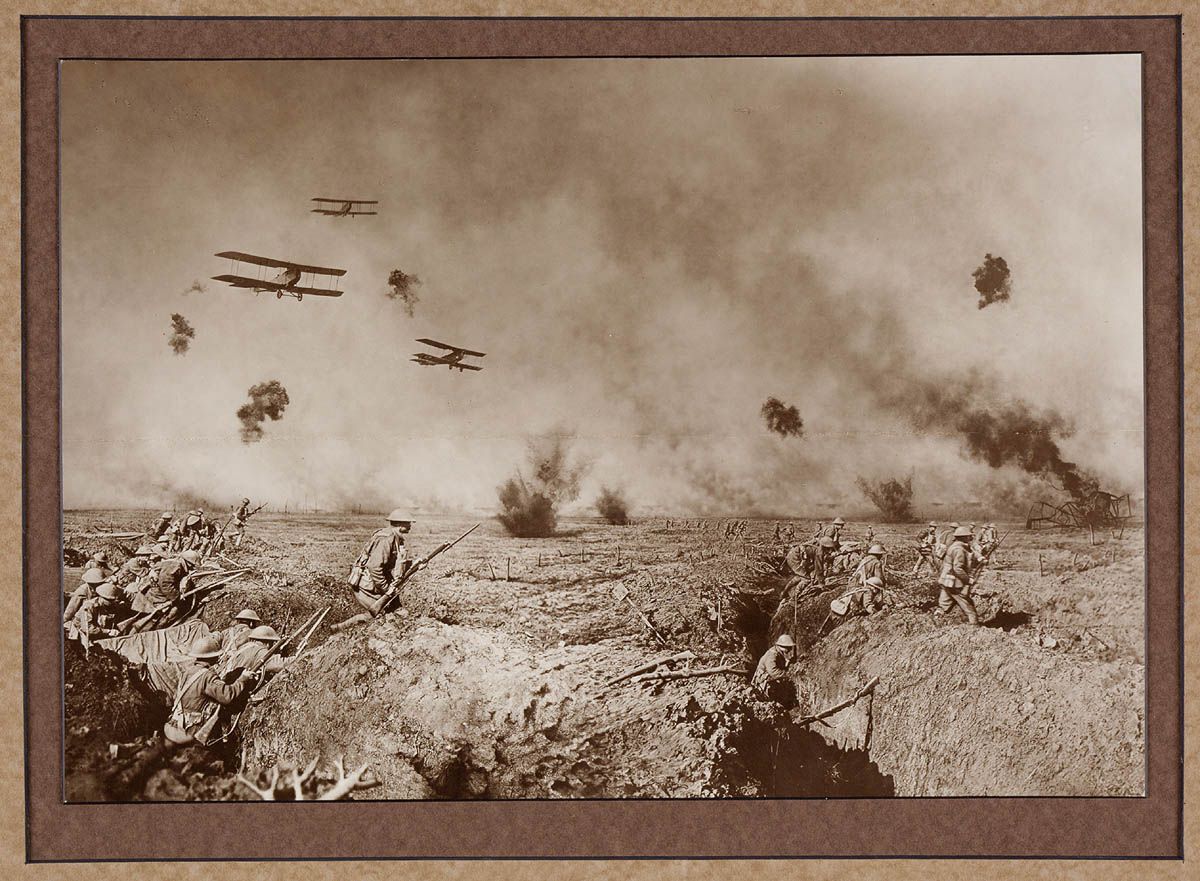
Toen ik vandaag thuis kwam van een dagje leerzaam verenigingsleven, las ik dit actuele nieuws over oorlogsfotografie op de website van Trouw. Het was nieuws, dat mij van 2009 onmiddellijk terugbracht naar een precies dezelfde discussie over manipulatie van oorlogsfoto's als destijds in 1917. Moeten oorlogsfoto's de rauwe realiteit weergeven of mag je oorlogsmomenten manipuleren tot een spannende gebeurtenis?
Ik las in Trouw, dat het Ministerie van Defensie gedragsregels voor zijn fotografen op papier heeft gezet. De regels houden in dat defensiefotografen in hun beelden "de werkelijkheid" moeten weergeven. Fotoshoppen of het in scène zetten van situaties is dus niet meer toegestaan. Op de omstreden foto van defensiefotograaf Sjoerd Hilckmann is een jeep te zien die door een zandvlakte rijdt. De wagen werd echter gesleept, maar Sjoerd had de sleepstangen weggeshopt.
Het is al een oude discussie, die, voor zover ik weet, voor het eerst werd gevoerd in een tijd, dat de term "fotoshoppen" nog lang niet bestond, maar een enorme klus was van "trial and error". Het manipuleren van oorlogsfoto's gebeurt nog steeds en vaak, al is het maar door gebruik van voorzetfilters, fish eye-lenzen, telelenzen, en bewerking achteraf. Van een oorlogsfoto kan je in beginsel nooit geloven, dat wat jij ziet ook daadwerkelijk de werkelijkheid weergeeft. Schilders maakten al in de 15de eeuw hun vorsten knapper, de fotograaf heeft zich sinds de geboorte van de fotografie vaak ook een kunstenaar gevoeld.
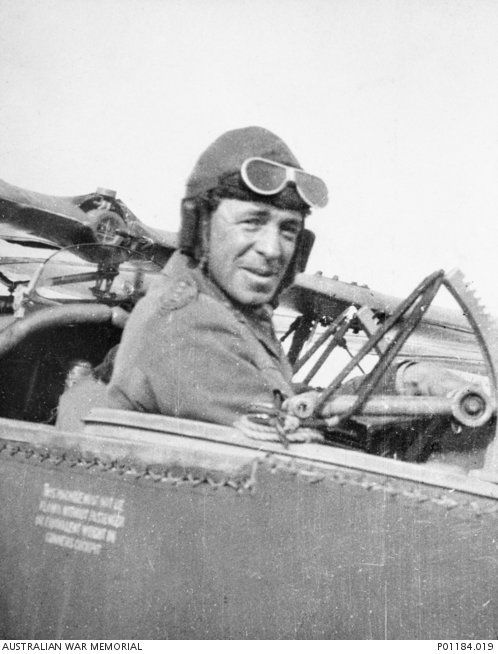
Een talentvoller voorganger van Sjoerd Hilckmann
was de Australische oorlogsfotograaf, Frank Hurley
, die al in 1917 in aanvaring
kwam met de invloedrijke officier en oorlogsverslaggever, Charles Bean.
Hurley beschouwde zichzelf als een "show-man". Hij fotografeerde in 1917 op dramatische wijze de beruchte Slag om Passendale, en veroorloofde zich daarbij nogal wat flinke vrijheden om de aandacht van het grote publiek te trekken.
Bean, een voorstander van de weergave van de pure werkelijkheid, kreeg in dit conflict uiteindelijk zijn gelijk, en Hurley werd overgeplaatst naar het front in Palestina.
Ondanks dat Hurley het soms wel erg bont maakte om zijn foto's te dramatiseren, toch ben ik een groot liefhebber van Hurley's foto's. De foto's werden gemaakt in een tijd, dat de fotografie nog betrekkelijk in de kinderschoenen stond, en waarin de kranten nog vaak verlucht werden met tekeningen. Fotografie was in die tijd eigenlijk meer nog een vorm van beeldende kunst, het echte schilderen met licht.
Daarom vind ik het juist bewonderenswaardig, wat Hurley toen al voor elkaar kreeg. De man moest tijdens een gruwelijke veldslag rond Zonnebeke door de zuigende modder een statief meezeulen met een grote camera en glazen negatiefplaten met een zilverbromide gelatine laag. Hurley gebruikte al naar hartelust geelfilters en oranjefilters om dramatischer luchten boven het slagveld teweeg te brengen. Maar in zijn donkere kamer, juist achter het front, monteerde Hurley in enkele gevallen 2 tot 4 negatieven tot een grote, veel dramatischer foto: fotoshoppen in 1917!
De boven deze column staande foto van Hurley kent 3 namen. De naam, waaraan ik zelf de voorkeur geef, is "Episode of the Battle at Zonnebeke". Hurley combineert drie foto's tot één foto.
Bovenaan links, …
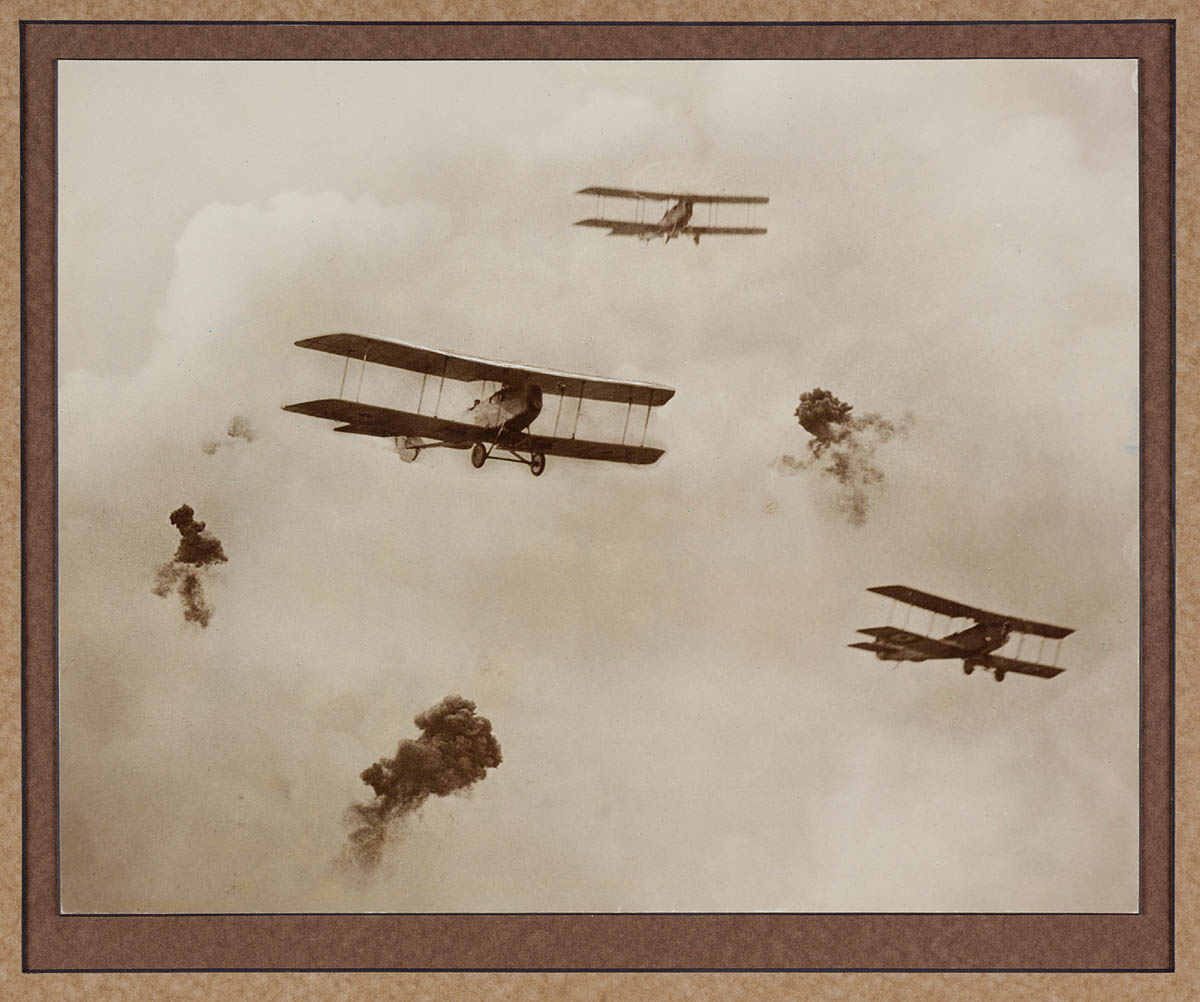
Linksonder, …
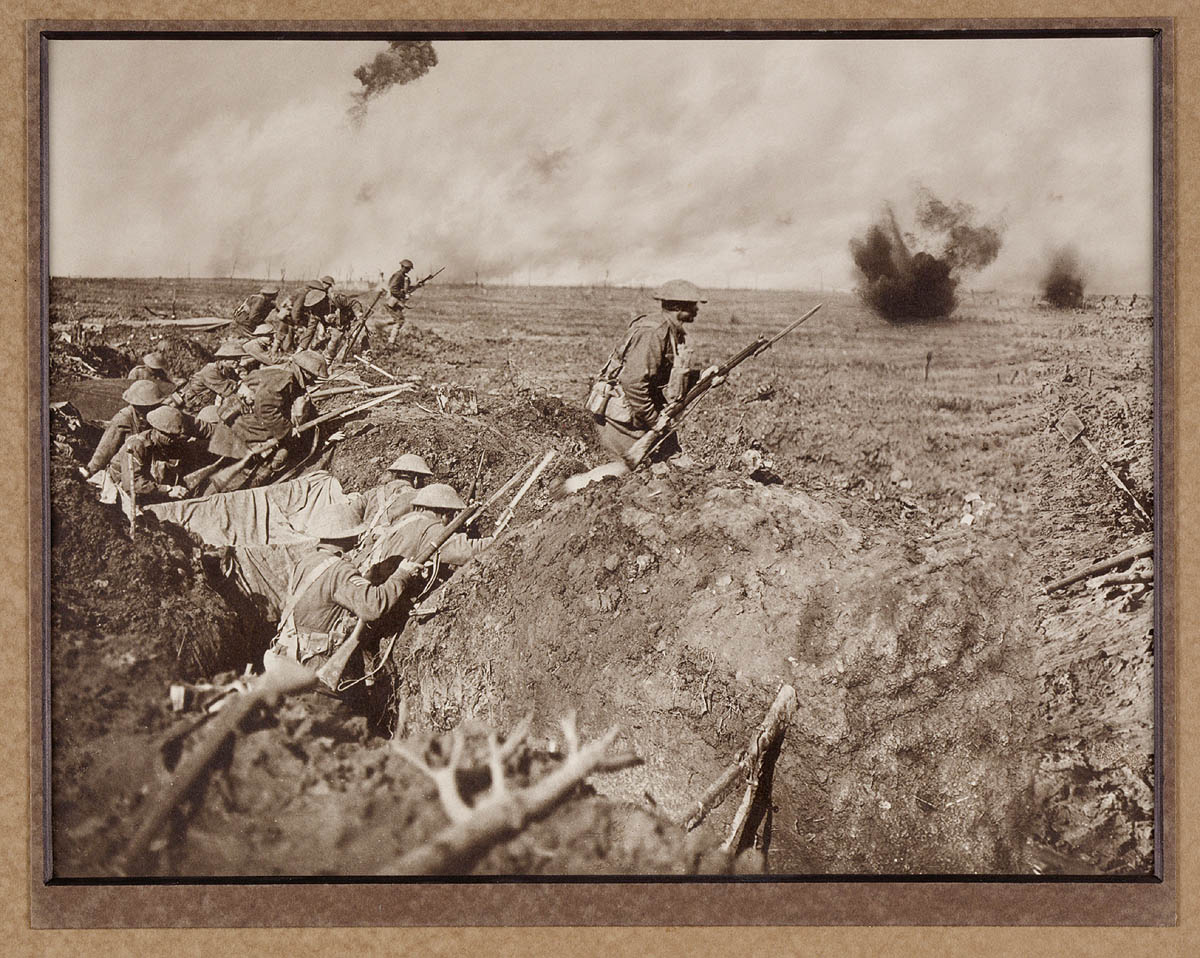
Rechtsonder, …
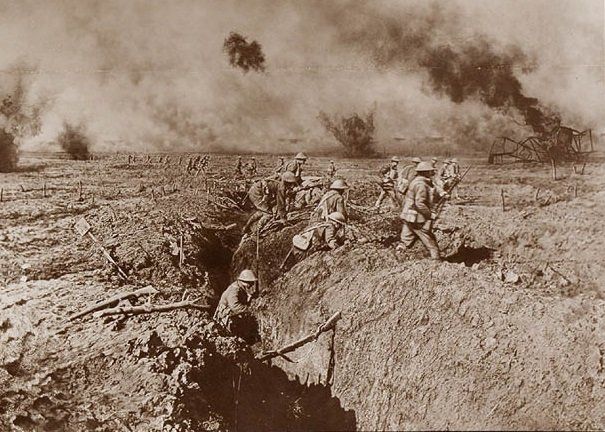
Nogmaals het eindresultaat van Hurley's fotoshopwerk: …

U ziet het: Sjoerd Hilckmann, die met zijn muis slechts twee sleepkabels weggumde, staat in een lange traditie van oorlogsfotografen, zoals Frank Hurley. Fotografen, die de waarheid dramatiseren, of gewoonweg naar hun hand zetten. Hilckmann en Hurley zijn beide van een slag fotografen, die zich kennelijk ook "war artist" voelen. Kunstzinnig of mooi, toch blijft de vraag, zijn die foto's dan daarom minder geloofwaardig? Of heeft Defensie juist gelijk om hierover regels te stellen? Of moeten we zelf nu maar eens zo langzamerhand leren niet meer te geloven wat wij allemaal op foto's zien, en de geshopte foto's slechts te beschouwen als kunstvorm? Want welke fotograaf fotoshopt er tegenwoordig niet?
Pierre
TIP: Korte biografie van Frank Hurley op de website van de Australische regering, Australian War Memorial .










